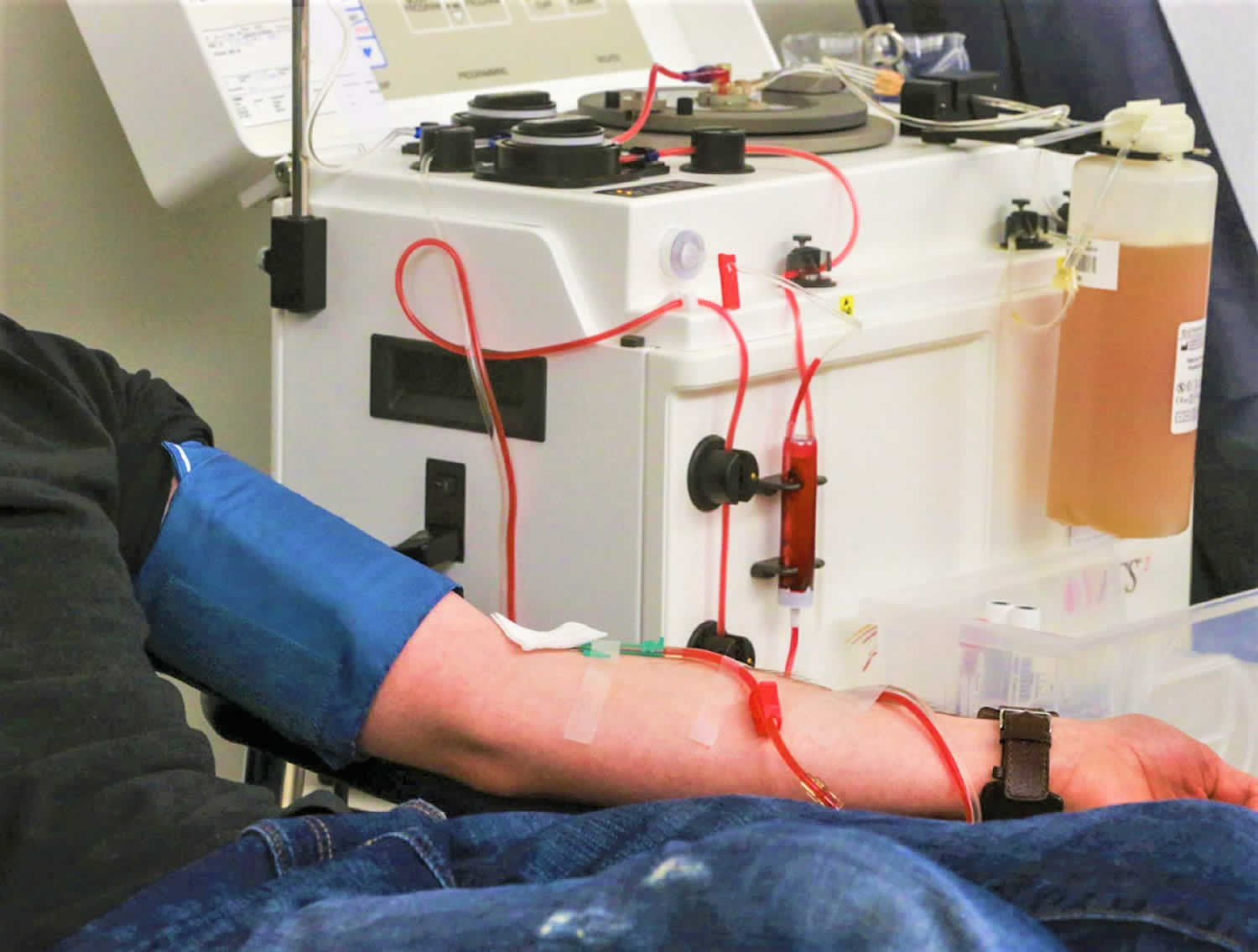Lambert-Eaton Myasthenic Syndrome: Symptoms, Causes, Treatment
What are the symptoms of Lambert-Eaton myasthenic syndrome?
Lambert-Eaton myasthenic syndrome (LEMS) is a rare autoimmune disorder that affects the neuromuscular junction, the point where nerve cells connect with muscles. It is characterized by muscle weakness and other symptoms that can vary in severity. Symptoms of LEMS may include:
- Muscle weakness: The most common symptom of LEMS is muscle weakness, which typically affects the muscles of the legs and hips. This weakness may improve with repeated use of the muscles and worsen with rest.
- Difficulty walking: Due to muscle weakness, individuals with LEMS may have difficulty walking or may experience an unsteady gait.
- Fatigue: Many people with LEMS experience fatigue, which can be severe and debilitating.
- Autonomic symptoms: Some individuals with LEMS may experience autonomic symptoms, such as dry mouth, constipation, or changes in blood pressure.
- Pain: Muscle pain or aching may occur, especially with prolonged use of affected muscles.
- Reduced reflexes: Reflexes may be reduced or absent in individuals with LEMS.
- Double vision (diplopia): Some people with LEMS may experience double vision due to weakness of the muscles that control eye movements.
- Difficulty speaking: Weakness of the muscles involved in speaking may cause slurred speech or difficulty speaking clearly.
- Swallowing difficulties: Weakness of the muscles involved in swallowing may lead to difficulty swallowing (dysphagia).
Symptoms of LEMS can vary widely from person to person, and they may come on gradually or suddenly. The severity of symptoms can also fluctuate over time. If you experience symptoms of LEMS, it’s important to see a healthcare professional for an accurate diagnosis and appropriate management.
What are the causes of Lambert-Eaton myasthenic syndrome?
Lambert-Eaton myasthenic syndrome (LEMS) is an autoimmune disorder in which the body’s immune system mistakenly attacks the neuromuscular junctions, the areas where nerve cells connect with muscles. This attack impairs the release of neurotransmitters (chemical messengers) that normally stimulate muscle contractions, leading to muscle weakness and other symptoms characteristic of LEMS.
In most cases, LEMS is associated with an underlying condition called small cell lung cancer (SCLC). The cancer cells produce antibodies that also attack the neuromuscular junctions, contributing to the development of LEMS. However, not all individuals with LEMS have SCLC, and in some cases, the cause of LEMS is unknown.
Other potential causes and risk factors for LEMS include:
- Autoimmune disorders: LEMS can occur in individuals with other autoimmune disorders, such as rheumatoid arthritis or thyroiditis, suggesting a possible link between autoimmune diseases.
- Genetic factors: While LEMS is not considered a hereditary condition, there may be genetic factors that predispose certain individuals to develop the disorder.
- Infections: In some cases, infections such as viral infections or bacterial infections may trigger the development of LEMS, although this is rare.
- Medications: Certain medications, such as penicillamine or aminoglycoside antibiotics, have been associated with the development of LEMS in some cases.
The exact cause of LEMS is not fully understood, and further research is needed to better understand the underlying mechanisms of the disorder. If you have been diagnosed with LEMS, it’s important to work closely with a healthcare professional to manage the condition and any underlying causes.
What is the treatment for Lambert-Eaton myasthenic syndrome?
The treatment for Lambert-Eaton myasthenic syndrome (LEMS) aims to improve muscle strength and function and manage symptoms. Treatment options may include:
- Immunosuppressive therapy: Immunosuppressive medications, such as prednisone or azathioprine, may be prescribed to suppress the immune system’s attack on the neuromuscular junctions.
- Plasmapheresis: This procedure involves removing antibodies from the blood and may be used to rapidly improve muscle strength in severe cases of LEMS.
- Intravenous immunoglobulin (IVIG): IVIG is a treatment that involves infusing a concentrated solution of antibodies from donated blood. It can help modulate the immune response and improve muscle strength in individuals with LEMS.
- Symptomatic treatment: Medications such as pyridostigmine or 3,4-diaminopyridine (3,4-DAP) may be prescribed to improve nerve signal transmission and muscle strength.
- Physical therapy: Physical therapy can help improve muscle strength, range of motion, and overall function.
- Treatment of underlying cancer: If LEMS is associated with small cell lung cancer (SCLC), treatment of the cancer with surgery, chemotherapy, or radiation therapy may improve LEMS symptoms.
- Avoiding medications that worsen symptoms: Some medications, such as certain antibiotics or muscle relaxants, can worsen symptoms of LEMS and should be avoided if possible.
The specific treatment plan for LEMS will depend on the individual’s symptoms, disease severity, and underlying causes. It’s important for individuals with LEMS to work closely with a healthcare team that is familiar with the condition to develop a personalized treatment plan. Regular monitoring and adjustments to treatment may be necessary to manage symptoms and maintain quality of life.




